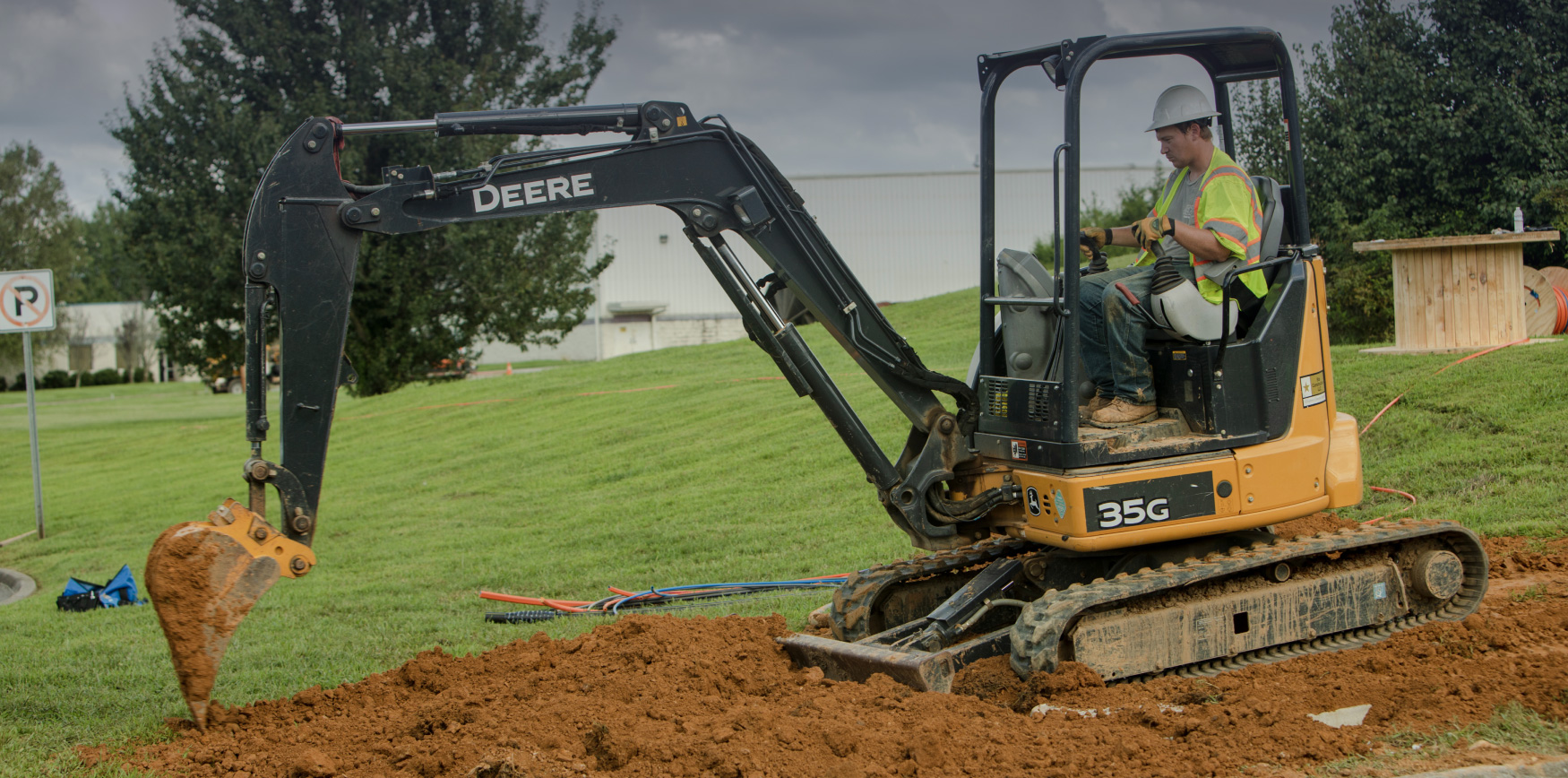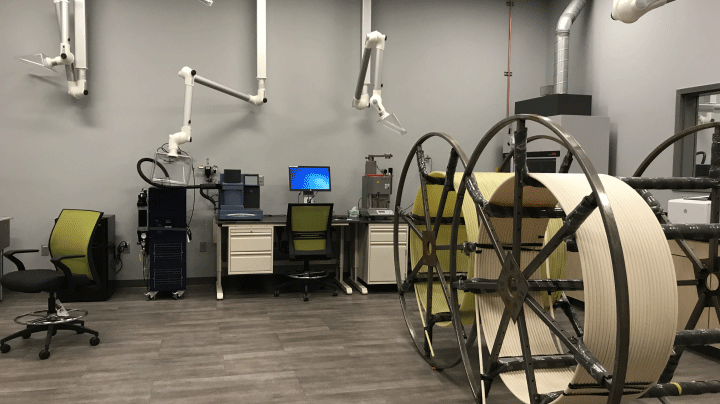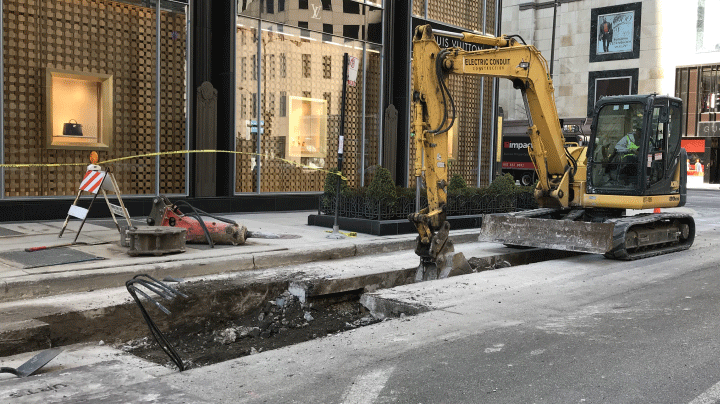True Cost of Fiber Deployment
The U.S. DOT’s Intelligent Transportation Systems Joint Program Office estimates the average cost of deploying fiber-optic cable is about $27,000 per mile. That’s cost prohibitive for many telecom companies unless the population of potential customers is large enough to justify the investment. So many small-to-mid-size communities have been skipped over. Economic development opportunities are dwindling, and these areas are not able to attract and retain new businesses and residents.
Dig Once U.S. Federal Legislation
In an effort to make high speed broadband more affordable and accessible, the U.S. Federal Government passed the Telecommunications Act, nicknamed the “Dig Once” legislation. After a decade of various versions of the concept, the bill received overwhelming bi-partisan support with more than 30 co-sponsors.
Eliminating Duplicate Expenses
Essentially, the legislation provides for the notification of federally funded road construction projects where conduit or fiber could be included at the same time. Digging one time for two projects brings tremendous added value and efficient use of resources. The Dig Once legislation has the potential to eliminate up to 90 percent of the cost of deployment, according to the Federal Highway Administration.
Creating Funding Reallocation Opportunities
Those significant savings have long been recognized by several states, counties, and cities, who created their own Dig Once policies years ago. Forward-thinking, budget-savvy local leaders realized if conduit and fiber were laid at the time of road construction, then duplicate construction costs were eliminated (freeing up those funds for other projects).
- States: Arizona, California, Georgia, Illinois, Maine, Maryland, Minnesota, North Carolina, Utah, West Virginia
- Counties: Arlington County, Va.; El Dorado County, Calif.; Humboldt County, Calif.; San Benito County, Calif.
- Cities: Bellevue, Wash.; Berkeley, Calif.; Boston, Mass.; Brentwood, Calif.; Celina, Texas; Chicago, Ill.; Gonzales, Calif.; Loma Linda, Calif.; Monterey, Calif.; Mount Vernon, Wash.; Poulsbo, Wash.; San Francisco, Calif.; Sandy, Ore.; Santa Cruz, Calif.; Santa Monica, Calif.
- Other: Virginia Tech eCorridor
Digging Deeper into Saving Taxpayer’s Money
The law allows for some flexibility: installation of fiber, installation of conduit, or installation of both fiber and conduit. If fiber is direct buried alone, it will still be a leap forward in streamlining and investing in broadband infrastructure. However, when an upgrade is needed, it eventually means more digging (horizontal directional drilling, trenching, or saw cutting) to replace the fiber cable.
The Federal Communications Commission, or FCC, recommended State policies should require contractors to install spare fiber and empty conduit to accommodate “reasonably anticipated” future demand. The use of a conduit network system provides the flexibility of upgrading (adding additional fiber) without the cost of digging. Fiber can be placed by air-jetting into the conduit quickly and easily without the expense and disruption of construction. Burying empty conduits in the ground at the time of road construction allows the potential for expansion when it is necessary and could be immediately revenue-generating by leasing or renting.
Predicting a Connected Future
With this type of legislation, infrastructure is positioned for the future in the most cost-effective way for the taxpayers. No one can predict the demand for data in the next 10 to 20 years, but we know our lives are going to be even more connected.
Dura-Line’s FuturePath supports Dig Once
Saves space in overcrowded right-of-ways
Requires fewer and smaller handholes
Reduces manpower and machine power for installation
Reduces fuel consumption and gas emissions
Lowers material handling requirements
Lessens soil displacement
Additional Resources
Considering implementing a “Dig Once” or “Dig Smart” policy?
Download the U.S. Department of Transportation Federal Highway Administration, Policy and Governmental Affairs Transportation Policy Studies or interested in: Fiber Broadband Association Dig Once Toolkit.





